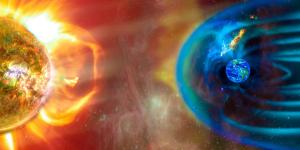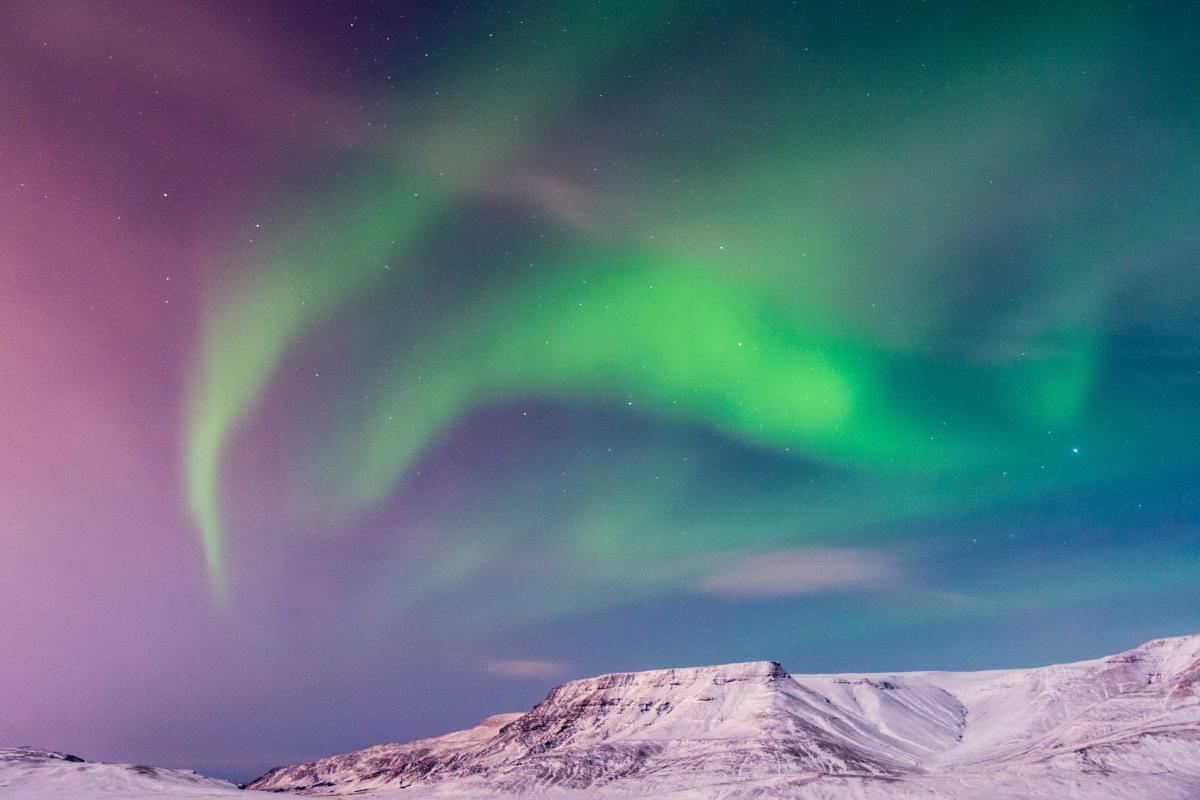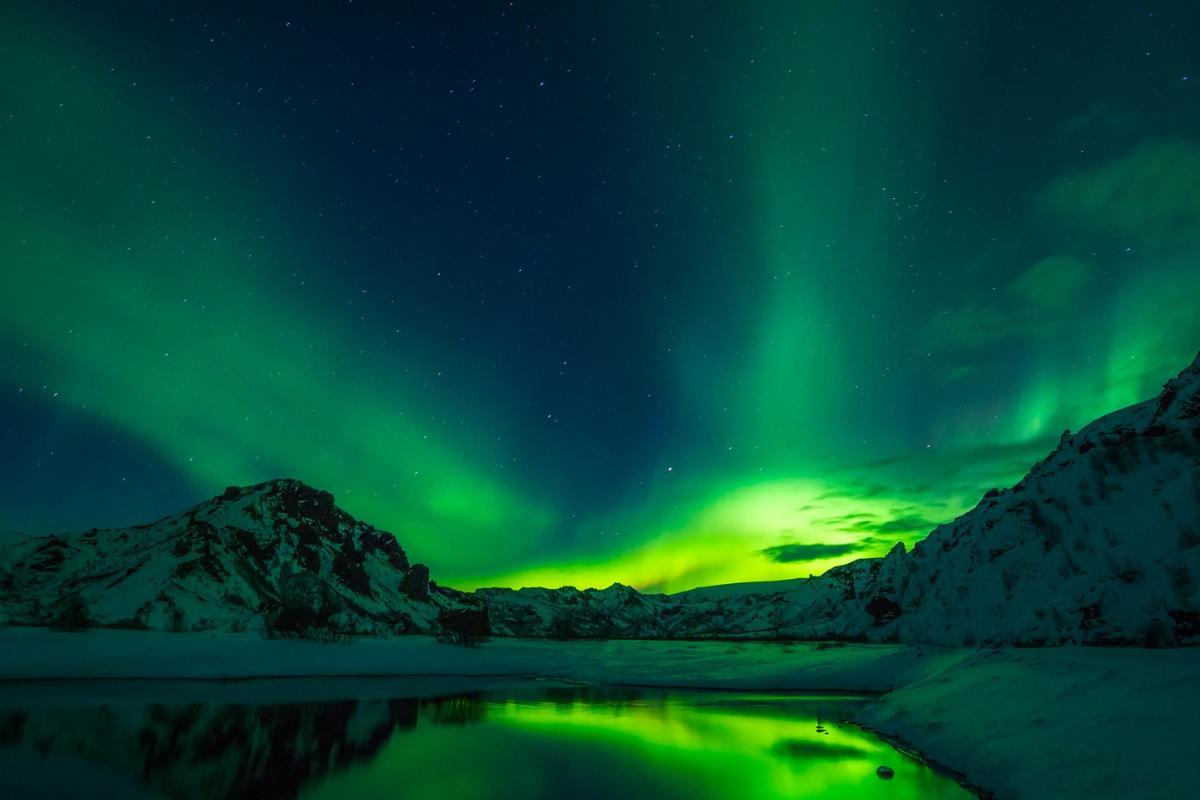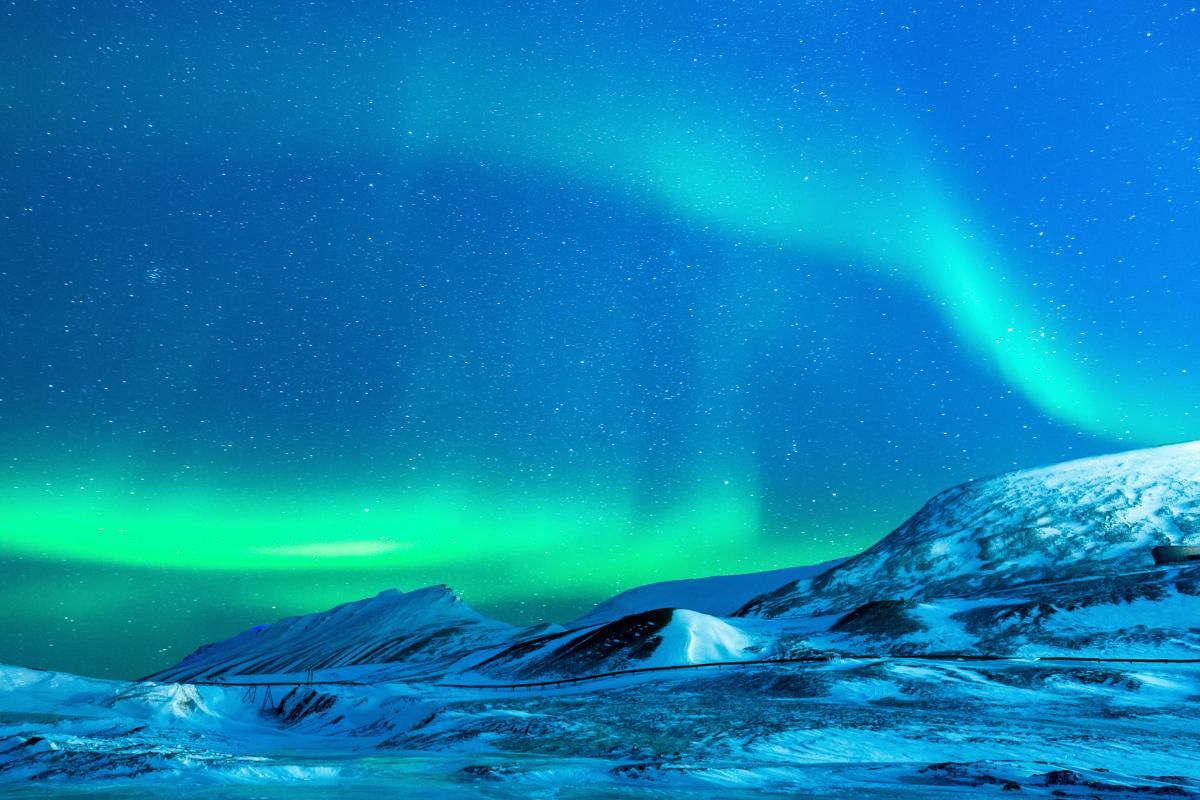What Are the Aurora Australis?


The aurora australis are a natural phenomenon that occurs in the polar regions of the southern hemisphere, similar to the aurora borealis in the northern hemisphere. This phenomenon occurs when charged particles from the solar wind interact with the Earth's magnetic field, generating a display of lights in the upper atmosphere. In this thedailyECO article, we ask what are the aurora australis? We discover more about how the Southern Lights are formed as well as the best places in the world to see the aurora australis.
What are the aurora australis?
The aurora australis are a natural phenomenon that appears in the night sky of the polar regions of the southern hemisphere, especially in Antarctica. The aurora australis occur when charged particles from the sun interact with the Earth's magnetic field. These particles are known as solar wind and the colors are formed when they collide with molecules in the atmosphere.
Aurora colors can vary, but the most common are green, red and purple. Green is the most common color in the Southern Lights, something which is due to the excitation of oxygen atoms at altitudes between 100 and 300 km above the Earth's surface. Red is also produced by oxygen, but at higher altitudes, while purple and blue come from interaction with nitrogen molecules.

How are the aurora australis formed?
The formation of the aurora australis is a complex process that involves several stages and elements. It is for this reason it is a relatively rare sight. To understand it in detail, we can break down the process of aurora australis formation into the following steps:
- Solar wind emission: the sun emits a stream of charged particles, mainly protons and electrons. This constant emission is known as the solar wind. This solar wind travels through space at extremely high speeds, often reaching several hundred kilometers per second.
- Interaction with the Earth's magnetic field: when the solar wind reaches the Earth, it collides with its magnetic field, known as the magnetosphere. The magnetosphere acts as a shield, protecting the Earth from most of these charged particles. In the polar regions, the magnetic field lines are more open, allowing a greater amount of these particles to enter the atmosphere. Learn more about what is the magnetosphere?
- Journey to the magnetic poles: charged particles from the solar wind are guided by magnetic field lines toward the Earth's magnetic poles. In the southern hemisphere, this means that the particles are directed towards the South Pole.
- Collision with the atmosphere: upon approaching the Earth's atmosphere, these charged particles begin to collide with the atoms and molecules of gases present in the air, mainly oxygen and nitrogen. These collisions excite the atoms, raising them to higher energy levels.
- Light emission: the excited atoms eventually return to their original energy state. In the process, they release the extra energy in the form of photons, which are particles of light. The wavelength of this light determines the color of the aurora.
- Formation of light curtains: because of the way magnetic field lines converge and diverge near the poles, the emitted light organizes into patterns that look like billowing curtains in the sky. These shapes and movements are influenced by the variability in the speed and density of the solar wind, as well as by the structure of the Earth's magnetic field.
Where can you see the aurora australis?
The aurora australis are visible in the regions closest to the South Pole. Due to remoteness and extreme conditions, they are not as accessible as the aurora borealis. Antarctica is the best place to see the aurora australis due to its proximity to the South Pole. However, difficult climatic and logistical conditions make this option viable mainly for scientists and organized expeditions.
The best time to observe the aurora australis is during the southern hemisphere winter, when the nights are longer and darker. In these months, there are more hours of darkness, which increases the opportunities to see the auroras.
Learn more about Antarctica with our guide to the most extreme cold places on Earth.
How to see the aurora australis
Watching the Southern Lights can be an unforgettable experience, but it requires some planning and preparation. To go to Antarctica an organized expedition is required, generally with companies specialized in polar tourism or research programs. There are apps and websites that provide aurora forecasts based on solar activity, such as the KP index that measures geomagnetic activity.
It is important to check the weather conditions to be able to choose clear, cloudless nights to increase the chances of observation. Finally, it is advisable to dress in layers with thermal clothing, windproof jackets, hats, gloves and scarves.

Differences between the aurora australis and the aurora borealis
The aurora australis and the aurora borealis are similar natural phenomena that occur at opposite poles of the Earth. Let's see what the main differences between the aurora borealis vs aurora australis:
- Geographic location: the Northern Lights are observed in regions near the North Pole. They are visible in places such as Norway, Sweden, Finland, Canada, Alaska (USA), Iceland and Greenland. The aurora australis are observed in regions near the South Pole, mainly in Antarctica.
- Accessibility: the Northern Lights are generally easier to access for tourists due to tourism infrastructure and services in northern hemisphere regions. Places like Tromsø in Norway, Yellowknife in Canada and Fairbanks in Alaska are well-known destinations to see the Northern Lights. Conversely, the Southern Lights are less accessible, since locations in the southern hemisphere are more remote and difficult to access, especially Antarctica.
- Seasons and conditions: northern regions have summers with short or no nights (midnight sun), and long dark winters, making it easier to observe auroras during the winter. The seasons in the southern hemisphere are opposite to those in the north, with long winter nights from March to September. This is the best period to observe the aurora australis.
Now that you know what the aurora australis are, you may be interested in learning about another atmospheric phenomenon with our article on what are Perseids or Tears of St. Lawrence?
If you want to read similar articles to What Are the Aurora Australis?, we recommend you visit our Facts about Earth and the universe category.
- Austral Auroras in Argentina: What they are, how they form and where to see them. Southern excursion.
https://excursionaustral.com/auroras-australes-en-argentina-que-son-como-se-forman-y-donde-verlas/ - Andrea Oliva. Aurora borealis or australis: How to distinguish this fascinating atmospheric phenomenon? The universal.
https://www.eluniversal.com.mx/tendencias/aurora-boreal-o-austral-como-distinguir-este-fascinante-fenomeno-atmosferico/ - Rincón Núñez, Laura. (2022). The formation of the Polar Auroras and their relationship in the teaching of electromagnetic fields and ionization in the classroom.
http://upnblib.pedagogica.edu.co/handle/20.500.12209/18006







